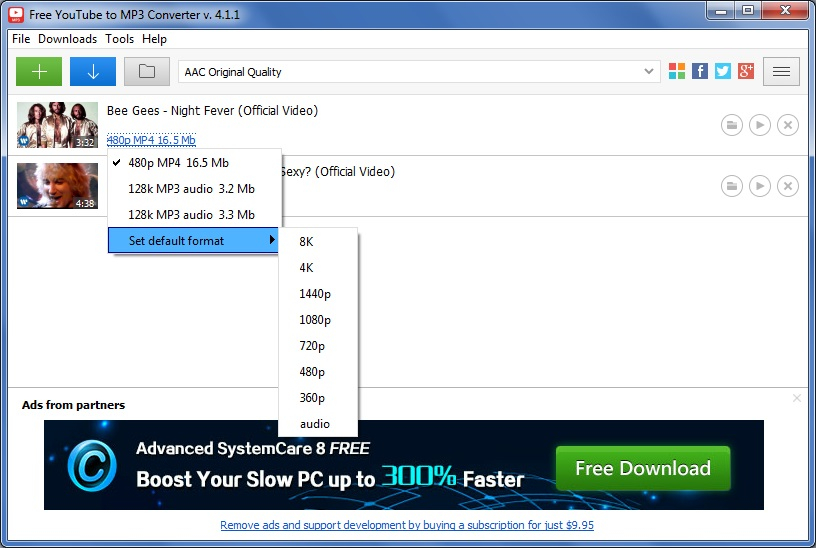
Crystal Clear Sound: A Guide to High-Quality YouTube to MP3 Conversions
Transforming YouTube videos into MP3 files is an increasingly popular way to access and enjoy audio content on the go. Whether it’s for listening to music, podcasts, or lectures, the convenience of having an MP3 file cannot be overstated. However, maintaining audio quality during this conversion process is a common challenge. With tools like “ytmp3” offering a straightforward conversion solution, it’s essential to understand how to ensure the best audio quality. This guide will walk you through the key steps and considerations for high-quality YouTube to MP3 conversions.
1. Understanding the Basics of Audio Quality
Before diving into conversion, it’s important to understand what determines audio quality. Bitrate, which is measured in kilobits per second (kbps), plays a significant role. Higher bitrate typically means better quality, as more audio information is captured. Standard MP3 bitrates range from 128 kbps (acceptable quality) to 320 kbps (high quality).
2. Selecting the Right Converter
The choice of converter can greatly impact the quality of your MP3 file. While online tools like ytmp3 are convenient, they may only sometimes offer the best quality settings. Look for converters that allow you to customize the bitrate and other audio settings to ensure optimal quality.
3. Source Video Quality Counts
The original quality of the YouTube video is a key factor. A high-definition video is more likely to have better audio quality. Always choose the best quality video available for conversion to ensure that the resulting MP3 file is of high quality.
4. Avoiding Over-Compression
Compression is a necessary part of creating MP3 files, but over-compression can degrade audio quality. Some converters automatically compress files to a lower bitrate to reduce size, which can result in poor audio quality. Opt for converters that allow you to choose a higher bitrate, ideally 320 kbps, to avoid over-compression.
5. Software vs. Online Converters
While online converters offer convenience and speed, dedicated software converters can provide greater control over audio quality. They often come with advanced settings for bitrate, sample rate, and audio channels, allowing for a more customized conversion process.
6. Storing and Managing Your Audio Files
Proper storage and management of your converted MP3 files are essential. Organize your files in a way that makes them easy to locate and use. High-quality metadata tagging and using a reliable music player or library can enhance your listening experience.
7. Legal Considerations and Copyright
It’s important to be aware of the legal implications of converting YouTube videos to MP3. Ensure you are complying with copyright laws and YouTube’s terms of service. Generally, using these conversions for personal, non-commercial purposes is acceptable, but distributing or using them commercially is not.
Conclusion:
Converting YouTube videos to MP3 can be a fantastic way to enjoy your favorite audio content offline. However, ensuring high audio quality requires careful consideration of the conversion process. By choosing the right converter, understanding the importance of bitrate, and being mindful of the source video quality, you can enjoy crystal clear sound from your YouTube to MP3 conversions. Remember, the key to a great audio experience lies in the details of the conversion process.



